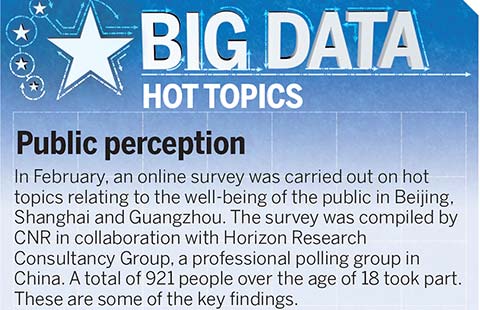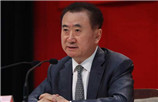It's grim up north: China in transformation
(Xinhua) Updated: 2016-03-10 13:21BEIJING - Heilongjiang Longmay Mining, a state-owned enterprise (SOE) in northeastern China, has just laid off 22,500 workers, the first of what is expected to be massive redundancies.
Overstaffed and inefficient, the mining colossus still employs 224,000 people, three times the industrial average given Longmay's scale of production: unaffordable and unsustainable.
Having suffered huge losses for years, the company relies on loans and subsidies to cover wages of almost 10 billion yuan ($1.5 billion) a year, equivalent to one third of the local government budget.No one knows how long it can keep afloat.
"If its capital chain breaks, even the government is not able to bail out such a giant," said Lu Hao, a national lawmaker and governor of Heilongjiang Province.
Longmay is typical of torpid state-owned enterprises in the northeast where heavy industry once prospered. Now carrying huge burdens, profit models are gone and the outlook is grim in.
All three northeastern provinces -- Heilongjiang, Jilin and Liaoning -- are slipping toward recession. Once the robust national industrial base, the region is experiencing a much more acute slowdown than the rest of the country, trailing well behind in terms of GDP growth.
On Monday, at the annual parliamentary session, President Xi Jinping asked local authorities and lawmakers from Heilongjiang to find new paths to growth, saying revival of the northeastern region remains a major national strategy.
National policy-makers have high hopes for the old industrial base as they try to re-balance an economy beset by overcapacity, with capital flowing outward and the stock market as volatile as it has ever been.
Bringing new life to the northeastern rust belt means restructuring old sectors while opening up new ones, principally by expanding trade with neighboring Russia.
Governor Lu said the local government will "help" Longmay, but this means help in downsizing and transformation. Part of this help has already been finding new jobs in agriculture and forestry for those who were laid off. The central government has promised 100 billion yuan in the next two years to help Longmay and tens of thousands of SOEs resettle superfluous workers.
Although there is still a long, bumpy road ahead, some encouraging signs have been spotted.
"The industrial structure is improving as the government acts to eliminate outdated capacity," said Zheng Gongcheng, a national lawmaker and economics professor at Renmin University of China. "Agriculture, tourism and high-end manufacturing are on the rise."
A Volvo factory established three years ago in Daqing, Heilongjiang, now produces around 80,000 vehicles each year. The city is transforming into an automobile manufacturing base, according to Han Lihua, a national lawmaker and mayor of Daqing.
Facing falling crude output and global prices, Daqing, home to China' s largest oil field, has turned to energy saving, information technology and new energy for growth momentum, Han said.
A central government document released last year said industries in recession require significant breakthroughs to transform the growth pattern of those northeastern regions that will run out of resources by 2020.
Wang Xiankui, a national lawmaker and Party chief of Heilongjiang, believes the region is making headway in weaning itself off the resource-driven model. In the province as a whole, some 2,000 new tech firms were registered last year.
In another ten years, the area should have become an important driving force to sustain growth in the overall economy, and a base for advanced equipment, new raw materials, modern agriculture and technological innovations, the document said.
- China completes drafting e-commerce law
- Chery to launch new model in Chile
- Highlights at AWE 2016
- Signs of life for Apple's stock as Wall St eyes new iPhone
- BMW achieves record group revenues in 2015
- Investors, fans divide on 'richest' Evergrande
- London renminbi trading business promotes China-UK cooperation
- China's deficit rise helpful to check deflation: expert
















